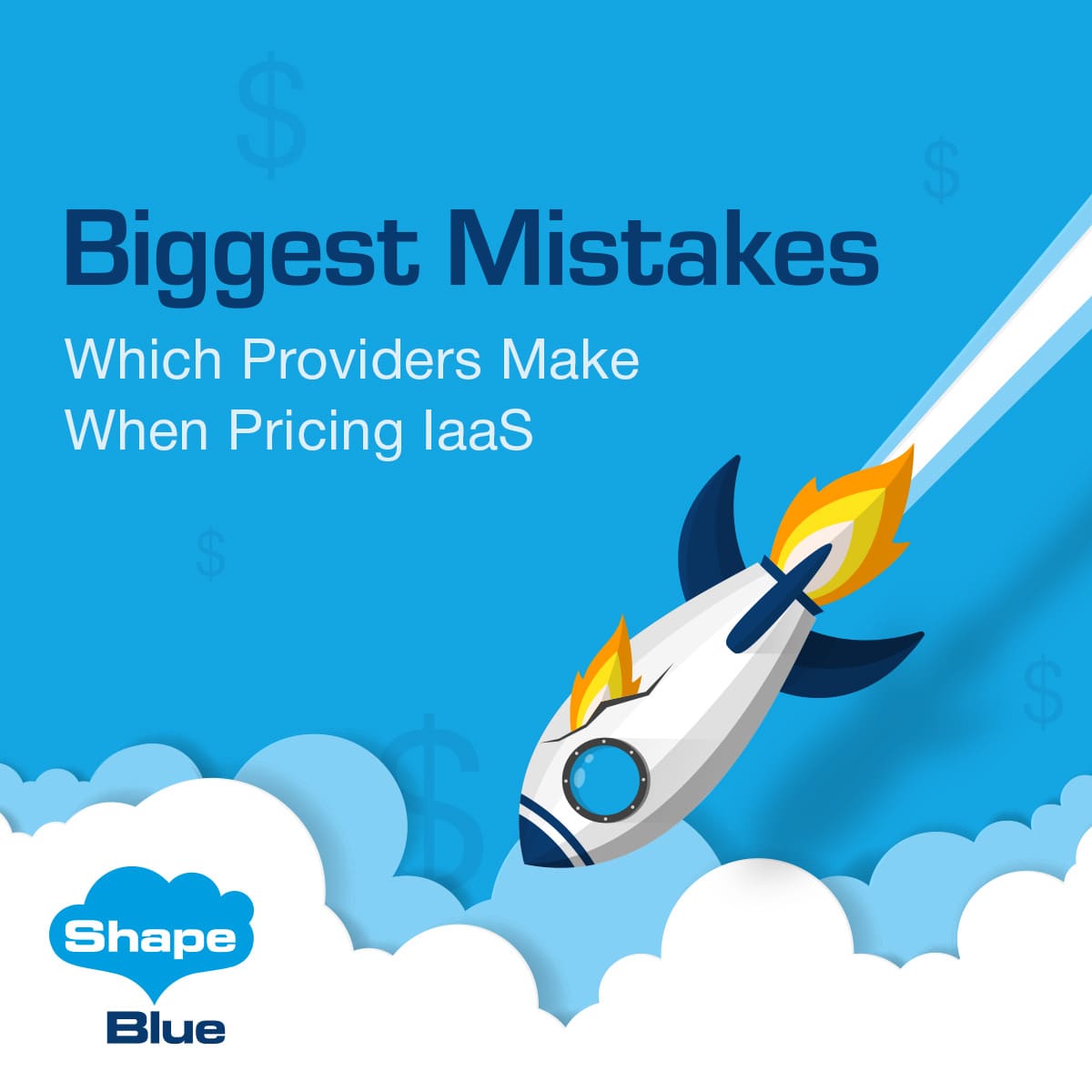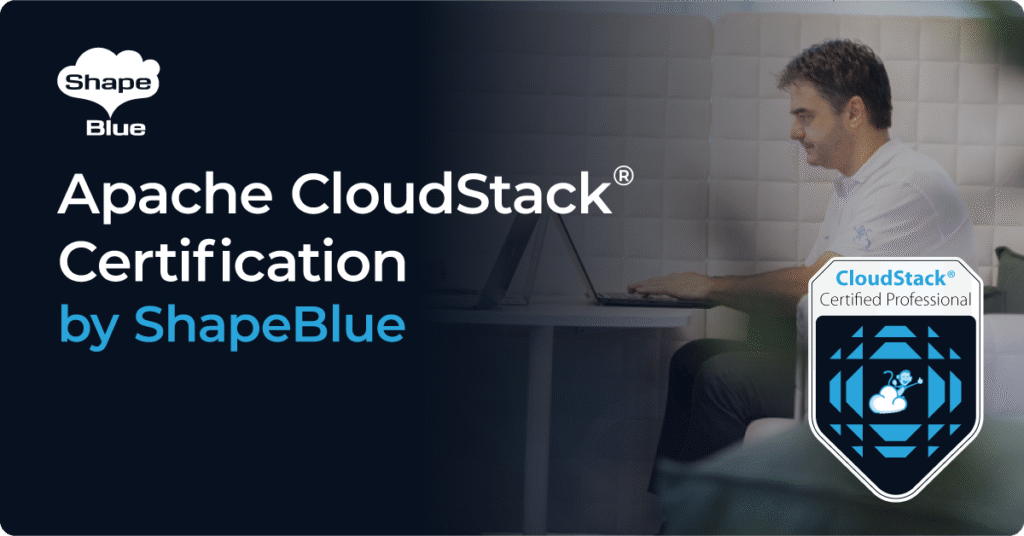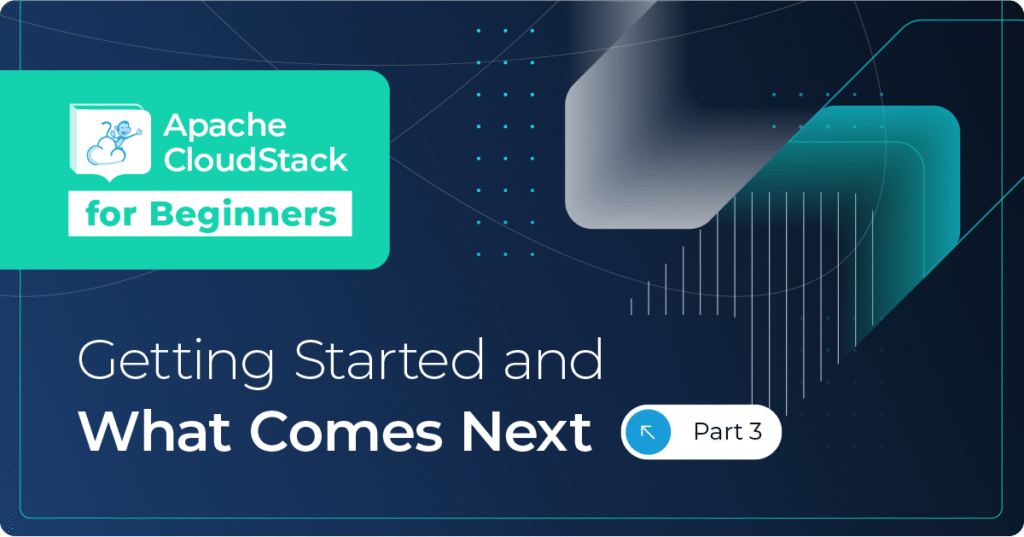When you launch any new type of service, one of the key challenges is getting your pricing right. In the case of IaaS providers, this is a crucial strategic step, determining your future success and potential profit. IaaS is a competitive market, and pricing such a service comes with a few key considerations. In this blog post, we share our experience working with IaaS providers on what factors to consider with your IaaS pricing.
Mistake 1: Pricing According to the Hyperscalers
Hyperscalers (eg. AWS, Microsoft Azure, GCP) dominate the IaaS market. They are starting to develop industry and functional expertise that will shape platform investments in the marketplace. Increasingly, these intellectual advantages will be overwhelming, enabling them to dictate the direction in which platforms will develop and operate. In most cases the pricing is attractive, and it is quick and easy to get started. However, it can become complicated if customers need specific customisations or have special requirements.
Many cloud providers make the mistake of basing their pricing on that of the hyperscalers. This approach can be a mistake, as you have neither their size nor their customer base (yet). You do not buy hardware at the same price, you do not use the same technology stack and you don’t have the same team. So, if everything you offer is different and the conditions under which you operate are too, why would you tailor your price according to the hyperscalers?
In many cases, Cloud Service Providers (CSPs) cannot compete with AWS or Google Cloud on pricing alone. However, hyperscalers offering standard products to suit all global markets and sectors creates opportunity. You might deliver better solutions in terms of data sovereignty, professional services, support, custom setups, or even building hybrid solutions with the hyperscalers. Do not compare your IaaS price model to the cloud pricing plans of more prominent players when you offer different services, with different SLA, engagement models and costs. Always think about your cost base and the margin you would like to achieve.
Mistake 2: Being Overambitious with your Cloud Scale
The whole point of a scalable solution is that it is scalable! Start small and grow as your business demands. In this way, you will avoid paying for unused capacity or licenses. Consider what capacity you need to cater to your existing customer base, and make a realistic prediction on future growth. Then, build your IaaS with scalability in mind, ensuring that you are able to rapidly scale up when required.
Mistake 3: Forgetting to Calculate the Costs for Free Trials
When considering investing in a cloud service, a lot of customers will want to see it first – either with a (typically 30 day) free trial, or a comprehensive demo from the vendor. By not offering these options to potential customers you run the risk of those vendors who ARE offering such services getting the business.
Consider the option of free trials from the beginning. And have in mind that the costs for them should also be calculated when tailoring your IaaS price.
Mistake 4: Not Analysing Customer Workloads
Overprovisioning is standard practice in most IaaS environments. Some customers will buy more resources than they need so their environment can instantly scale on demand. This means that the IaaS providers can sell more vCPUs and memory than they have. The key factor here is not to be too ambitious with overprovisioning and to analyse your customer workloads and behavior. Start small, look at the metrics, review them regularly, analyse the ratio of available compute capacity and used capacity, and don’t forget to leave some overhead. You do not want to end up impacting performance for your customers by under-resourcing.
Mistake 5: Not Charging for Professional Services
Many cloud and IaaS providers tend to deliver a full range of free extra services for their customers – such as consultancy, proactive monitoring, security add-ons, etc. The question is, what do these free extras cost you? If you only consider the costs of hardware, colocation, electricity and licenses when you set your pricing and don’t charge for additional services, this can give you a competitive advantage. However, a common mistake is providing too many professional services for free, to keep the customer happy. Our advice here is to try to balance what can be given away for free and which services should be chargeable from the beginning.
If you feel your IaaS pricing may need a review or the market conditions have changed and you need to adapt, we might be able to help. Check our blog post with advice on how to price your IaaS correctly.
Ivet Petrova is the Marketing Director of ShapeBlue. She is responsible for strengthening ShapeBlue’s global brand and market awareness of ShapeBlue’s services. Specifically, Ivet’s team is responsible for brand, advertising, content and digital marketing, social media, and media relations.
Ivet is also an active member of the CloudStack community, working on increasing the awareness of the technology and showing its benefits to a wider market.
Ivet has 13+ years of experience in marketing for IT service providers including a number of cloud and hosting providers, storage companies, SaaS providers and software development companies. She holds a Masters degree in Marketing.
Away from work, Ivet is passionate about travelling around the world and exploring new cultures.





